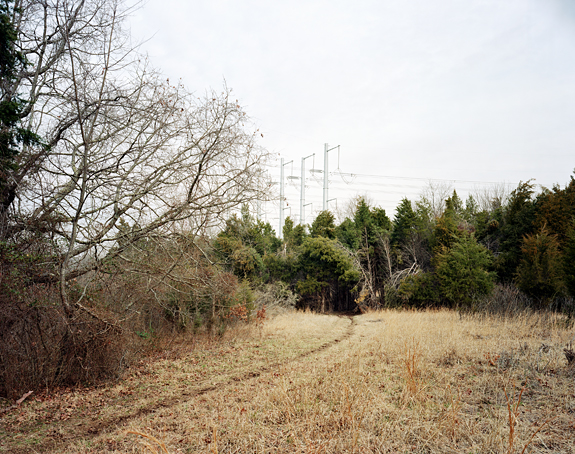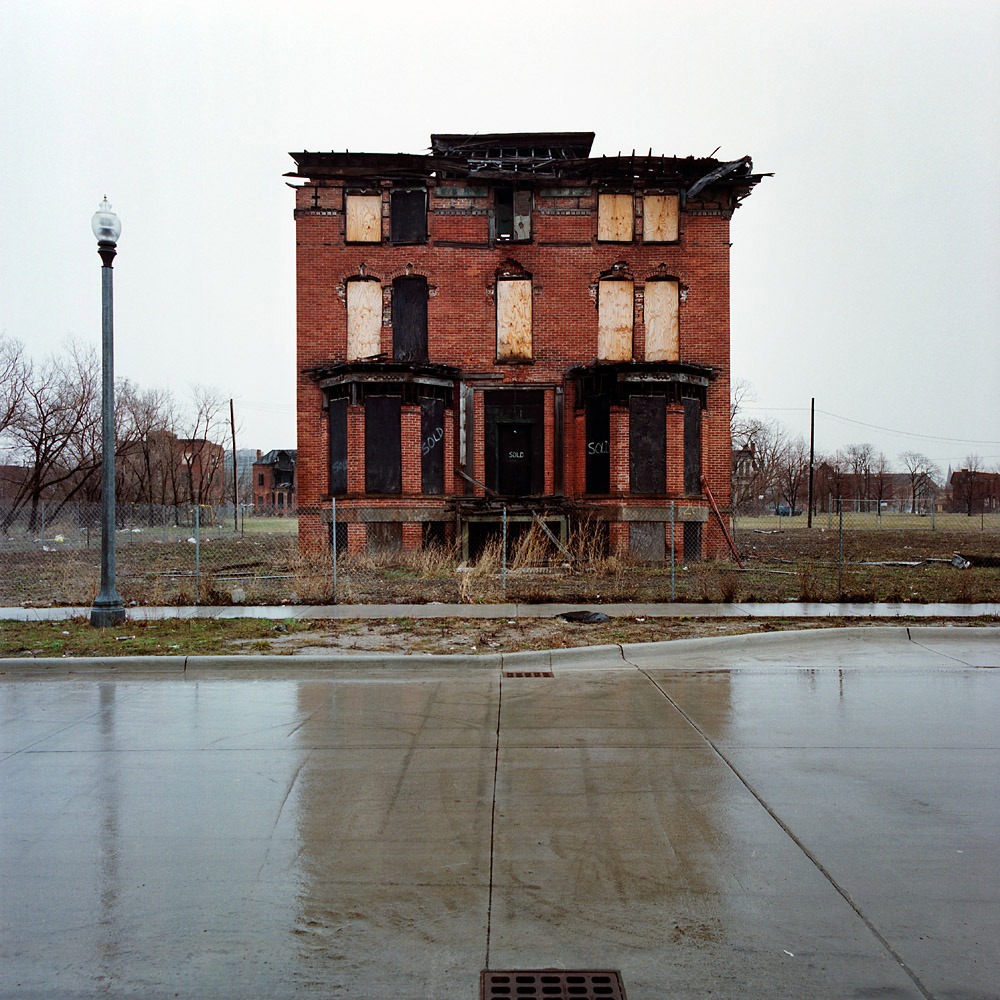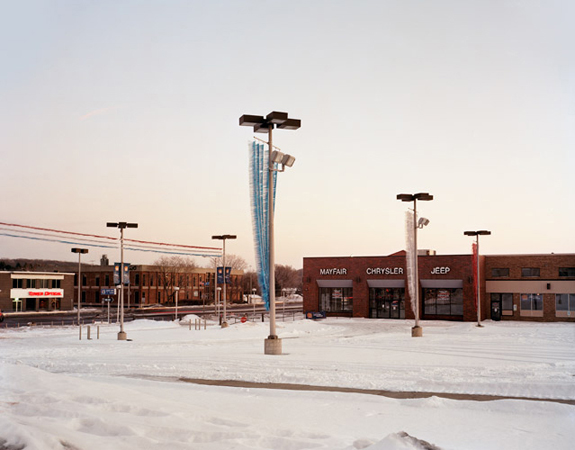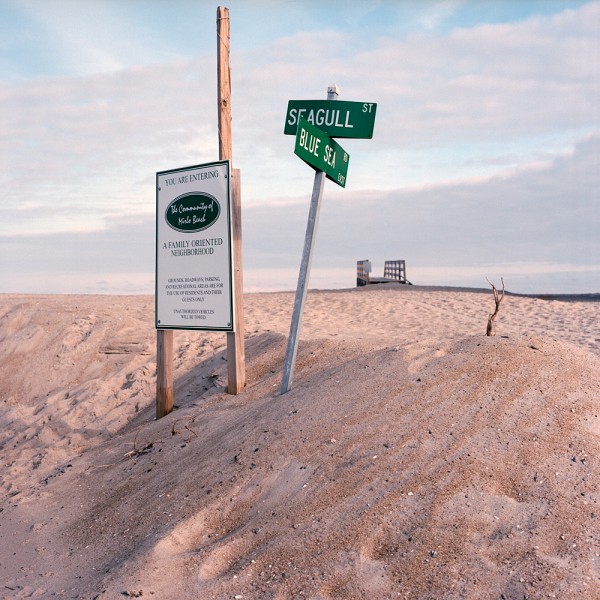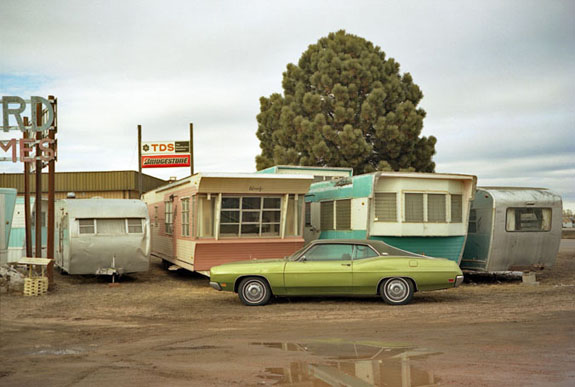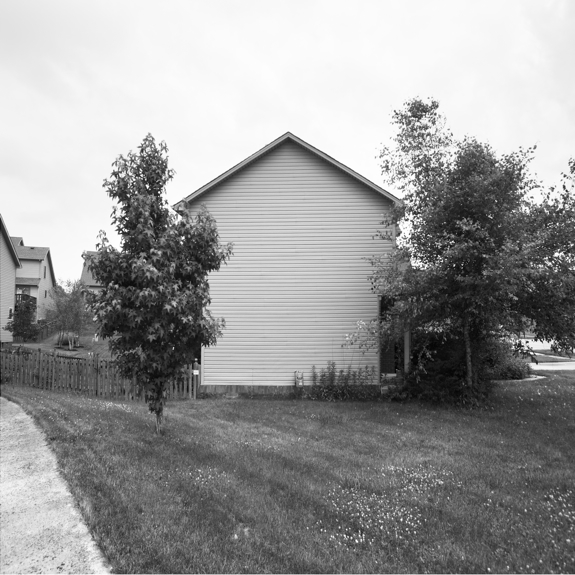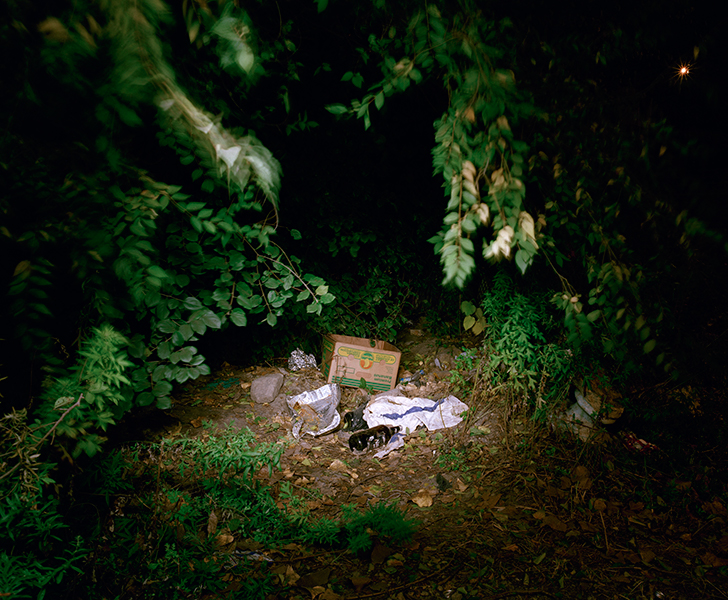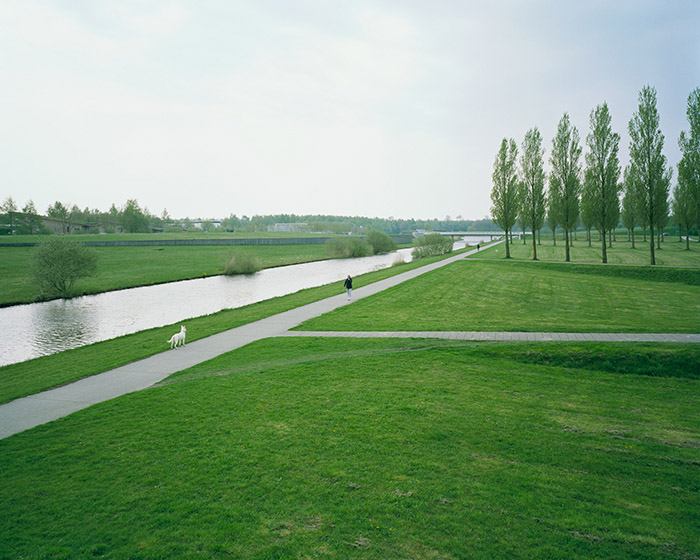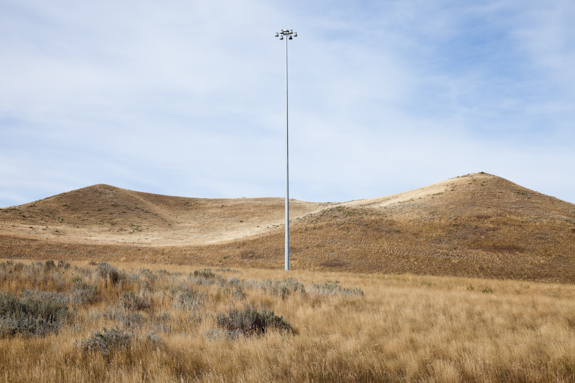
I find a terrible beauty in the machinery of energy development. Over the last century the once vast, empty spaces of the America West have become laden with pipelines, pumps, tanks, towers, and (now), wind turbines and solar arrays. I say “terrible” because of the inherent conflict I find attached to the subject. For me, the machines, as objects, are beautiful feats of engineering and form. On the other hand, the continued encroachment and impact on the land driven by our society’s relentless consumption is harrowing.
What is undeniable is that these devices will undergo a gradual and inevitable deterioration. Over time the original forms, surfaces, textures, and colors of these engineering marvels are altered and degraded by the physical world. Mechanical systems break down, parts break and are discarded, pipelines rupture and are eventually abandoned in place. Decay is the order of the natural world. Ultimately, these energy converters will all arrive at the same state – energy junk, or Monuments to Entropy. But the scars on the land will remain.
So one is left asking: What have we traded away by basing economies on unyielding consumption? What more will we lose by covering deserts with solar panels and mountains, plains, and shorelines with wind turbines? What will the planet look like once it is entirely covered with energy devices? Will this change our collective aesthetic and the way we view Nature? What is the fate of the horizon?
— Kevin O’Connell, Denver, Colorado, USA
